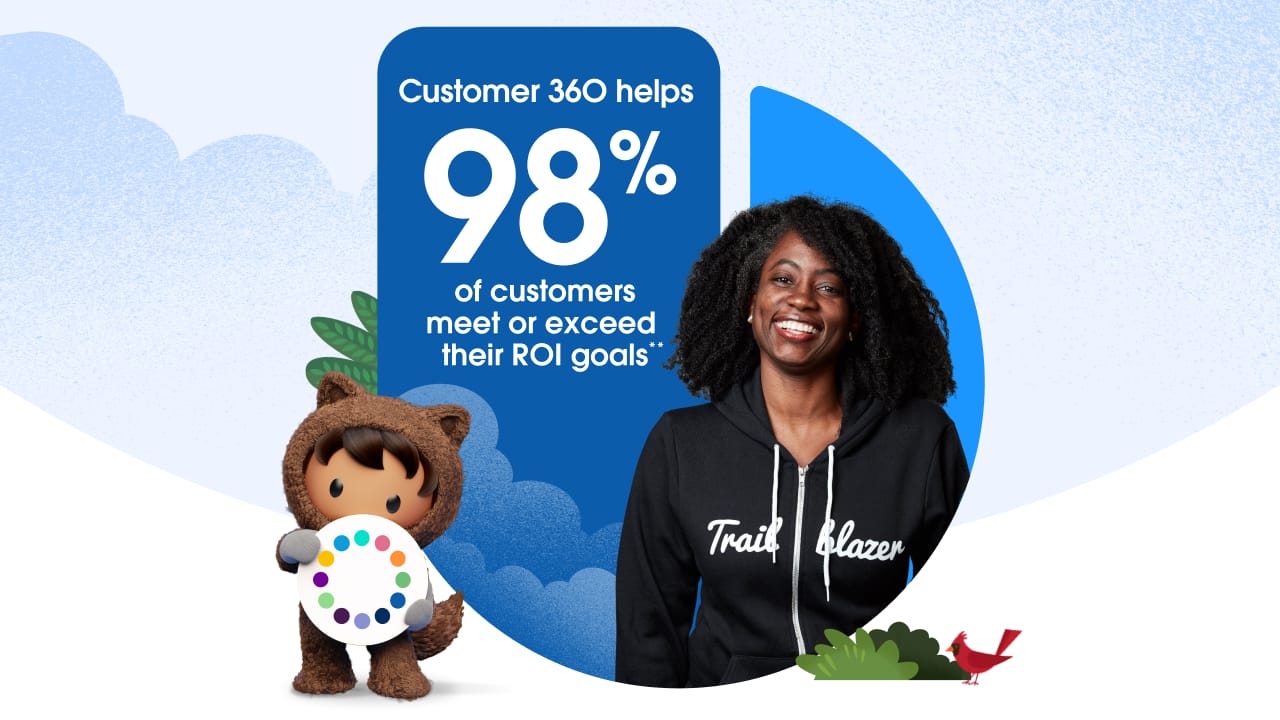We surveyed 4,000 commerce leaders and analysed data from 1 billion shoppers to see how businesses are navigating new challenges and finding success.
Businesses are dealing with a shifting economic climate, shrinking budgets, and directives to do more with less. It’s a less-than-ideal environment for commerce, where the most successful companies are constantly innovating and staying a step ahead. What is the state of commerce in 2022, and how can your business thrive amid all the financial turmoil?
To see how businesses are navigating new challenges and finding success, we surveyed 4,000 commerce leaders and analysed data from 1 billion shoppers. Insights from the new State of Commerce report show that businesses are laser-focused on three key areas:
- A need for speed: keeping up with swift market changes requires agility
- Data, data, data: it’s the fuel that drives better business decisions
- New channels: staying relevant and visible to your customers is key
In this blog series, Salesforce experts weigh in on the report’s findings to help you position your brand for success. First up, we answer the one question on every commerce leader’s mind: how can my brand make the best possible use of resources?
Deliver success now
Learn how Customer 360 helps you increase efficiency, improve results, and lower costs.

How to thrive in the face of economic uncertainty? Prioritise efficiency
Now more than ever, commerce leaders have a need for speed. Priorities and customer expectations shift quickly in a changing market, and businesses need to keep up. Insights from the State of Commerce report show that businesses are leveraging certain technologies (like headless, self-service, and post-purchase solutions) to enable speed and agility — for the benefit of both customers and sales teams. Here’s how.
Time is valuable — make the most of it with headless commerce
Customer expectations, market trends, and business needs change fast — so staying agile is critical. Changes to digital storefronts shouldn’t be a time-consuming bottleneck. A slow, complicated back-end experience can wreak havoc on your teams’ productivity — and your customer experience.
The good news? With headless commerce, what used to take days (or even weeks) now takes just hours. State of Commerce data found that a whopping 77% of organisations with a headless architecture agree that it gives them increased agility and allows them to make changes to their storefront faster. “Headless commerce isn’t just about standing up a website,” said Rob Garf, Salesforce vice president and general manager of retail. “It’s an approach that enables you to respond efficiently to rapidly changing consumer expectations and behaviours. What we see in the data reinforces this; companies with headless reports, they’re able to expand into increasingly new channels at a faster rate.”
Headless doesn’t just save time for your technology teams. “Headless enables the entire business to execute at the speed of shoppers — from marketing to service to store operations,” Garf added. The benefits are clear, and brands are catching on. In fact, the State of Commerce report found that 80% of businesses that don’t have headless architecture today say they plan to implement it in the next two years. If you’re on the fence about making moves, ask yourself whether headless would solve problems impacting your customers — today and in the future. If so, consider jumping in.
Customers want efficiency, too. Give them flexible payment and fulfilment options
Businesses aren’t the only ones prioritising efficiency. Customers are, too. Data from the State of Commerce report show that inflation and supply chain issues are driving the need for convenient, flexible payment and fulfilment options. Instalment payments can ease the burden of rising prices, and a choice of fulfilment options (like BOPIS, curbside pickup, and fast shipping) can help customers get what they need quickly — even in the face of a sluggish supply chain.
In today’s market, efficient payment processes and post-purchase journeys are quickly becoming key differentiators to drive revenue and loyalty. A majority (61%) of digital leaders say they’re already offering instalment payments like Buy Now, Pay Later (BNPL). Another 32% plan to add BNPL in the next two years. Nearly all B2C sellers offer at least one type of fulfilment option currently or plan to within the next two years.
Ultimately, the processes and features you choose to invest in should all boil down to one thing: “Listen to your customers,” said Garf. Whether you’re implementing new e-commerce initiatives or optimising existing ones, customer-centricity reigns supreme. Prioritise efficiencies and productivity that will enhance your customer experience, because, at the end of the day, their satisfaction is the true north star.
Leverage digital commerce to retain and attract top talent
Even in the best years, employee churn can be a huge cost and a major cause of business inefficiency. Now that economic pressures and the labour shortage have added new hurdles to success, it’s more important than ever for businesses to retain and attract employees, and signal value to both reps and customers. Enter: the power of digital commerce.
It’s no surprise that digital commerce makes selling more efficient. Almost half of all respondents reported that digital commerce improved time to close by at least 10%. But that data also shows other upsides for business efficiency — like employee retention and satisfaction. Thirty-seven per cent of commerce leaders listed employee retention as an advantage of digital commerce. A whopping 60% of B2B sellers reported that it improves sales team members’ job satisfaction.
Consider the far-reaching benefits of e-commerce technology like self-service, which empowers customers to resolve simple requests on their own — no agent required. Not only does self-service make the customer experience smoother, but it also means that sales and service reps don’t need to spend time tracking down shipments or placing one-off orders. Instead, they can focus on projects they find more worthwhile, like prospecting and creating net-new deals.
“With e-commerce technology like customer self-service, businesses reduce operational expenses while also giving customers what they want. It’s a win/win,” said Andy Peebler, vice president of commerce strategy at Salesforce.
Sales, service, merchandising, and marketing teams can all use commerce strategies to make their jobs easier (and more enjoyable). For example, automation and AI can streamline mundane, tedious tasks and enable employees to focus on more rewarding aspects of their jobs. Ultimately, digital commerce can be the difference between retaining employees and costly churn.
Drive productivity at your company
Learn the skills you need to drive efficiency and deliver success at your company now.

























